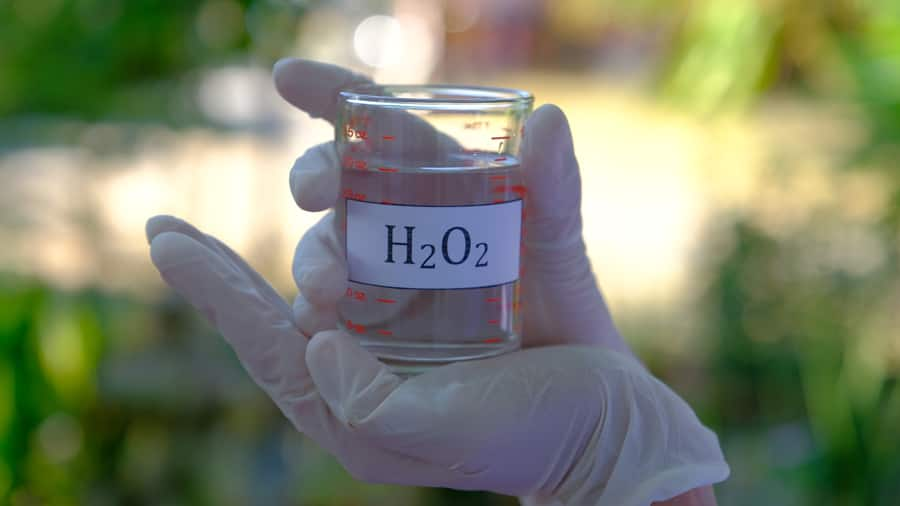1. Anaemia
A research study published in the Research Journal of Pharmacy and Technology notes that the people suffering from anaemia are more prone to oral disease. From the research it was concluded that 68% of patients has paled gums as they lack sufficient red blood cells in the body. According to the National Health Mission, anaemia is a condition in which the number of red blood cells (RBCs), and consequently their oxygen-carrying capacity, is insufficient to meet the body’s physiological needs. The function of the RBCs is to deliver oxygen from the lungs to the tissues and carbon dioxide from the tissues to the lungs. Anaemia impairs the body’s ability for gas exchange by decreasing the number of RBCs transporting oxygen and carbon dioxide. Often, people who have anaemia don't have enough iron, which your body needs to make haemoglobin — the protein that gives blood its bright red colour.
Several things can trigger anaemia. The NHM further explains that Anaemia results from one or more of the following process: defective red cell production, increased red cell destruction or blood loss. Others may develop anaemia because their body destroys red blood cells at a higher rate or has trouble producing red blood cells.
Having pale gums isn't the only sign of anaemia. According to the National Health Mission, symptoms of anaemia includes whiteness or pallor of overall skin, nails, palms of the hand; dizziness, tiredness, fatigue and low energy; unusually rapid heartbeat, particularly with exercise; leg cramps; lowered resistance to infections among others. For diagnosis of anaemia, according to the National Health Portal of India, Complete blood count (CBC) is generally done to know the number of blood cells in the blood. To check anaemia, physician will see the levels of the red blood cells contained in the blood (haematocrit) and the haemoglobin in blood. A test may be carried out to determine the size and shape of your red blood cells, some of red blood cells may also be examined for unusual size, shape and colour.
Treatment options for anaemia depend on the type. For instance, if you have anaemia because your iron levels are low, your doctor might prescribe an iron supplement.
2. Kidney Disease
The kidneys have two jobs: They filter your blood, and they produce urine. When something's wrong with your kidneys, they can't filter waste well. State Health Assurance Society explains that kidney disease risk factors include diabetes, high blood pressure, obesity, smoking and age. Early detection and treatment can increase the life of your kidneys. If you have high blood pressure or diabetes, you should have the kidney health check every year.
As for its effect on gum colour, a study published in the Journal of Clinical and Experimental Dentistry compared the gums of 30 patients with kidney disease to a control group of 30 people without kidney disease. No one in the control group had pale gums, while 42.2% of those who had kidney disease did.
According to an article in the Economic Times, the common symptoms of kidney disease include fatigue and tiredness, high blood pressure, swelling on feet, puffiness of face, urinary abnormalities, among others. If you have concerning symptoms, schedule an appointment with your doctor, especially if you have diabetes or high blood pressure.
Vikaspedia notes that diagnosis of chronic kidney disease includes checking the haemoglobin level, urine test, Serum creatinine, blood urea nitrogen & eGFR, and ultrasound of the kidney among others. Vikaspedia further notes that the patients with chronic kidney disease are treated initially by medical management (medicine, dietary advice and monitoring). The medical management aims to slow down the progression of the disease; treat underlying causes and contributing factors; relieve symptoms and treat complications of the disease among others.
3. Menopause
In some cases, changes in your gum colour can also be connected to menopause. The American Academy of Periodontology notes that menopausal gingivostomatitis affects a small percentage of women. One of the signs of menopausal gingivostomatitis is a change in gum color, such as the gums turning pale.
The National Health Portal of India explains that menopausal syndrome includes symptoms associated with the physiological changes that take place in a woman's body as period of fertility ends. Its symptoms includes irregular periods with scanty or excessive bleeding, hot flushes, night sweats, vaginal dryness and itching, mood swings, joint pain, oedema, sleeplessness, excessive hair fall, anaemia, weakness among others. Your doctor can provide support and advice to help you cope with body changes associated with menopause.
The appearance of your gums can be a key indicator that something may be going on in your body. If you're concerned about pale gums or other changes in your mouth, don't be shy about discussing your concerns with your dentist or doctor. They can help you figure out what's going on and recommend the proper treatment for your situation.
This article is intended to promote understanding of and knowledge about general oral health topics. It is not intended to be a substitute for professional advice, diagnosis or treatment. Always seek the advice of your dentist or other qualified healthcare provider with any questions you may have regarding a medical condition or treatment.
ORAL HEALTH QUIZ
What's behind your smile?
Take our Oral Health assessment to get the most from your oral care routine
ORAL HEALTH QUIZ
What's behind your smile?
Take our Oral Health assessment to get the most from your oral care routine













